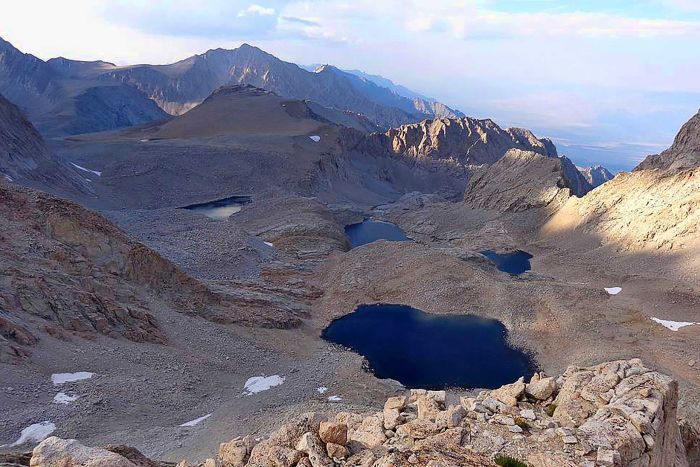Last fall, hikers climbing Mount Williamson discovered a skeleton. It was wearing a leather belt and had leather shoes on his feet.
They posted on Facebook that it appeared the man was wearing hiking shoes and that he had been the victim of violence when he died.
The two men, Tyler Hofer and his friend, had gone off course as they picked their way through the boulders in a basin when they found a bone.
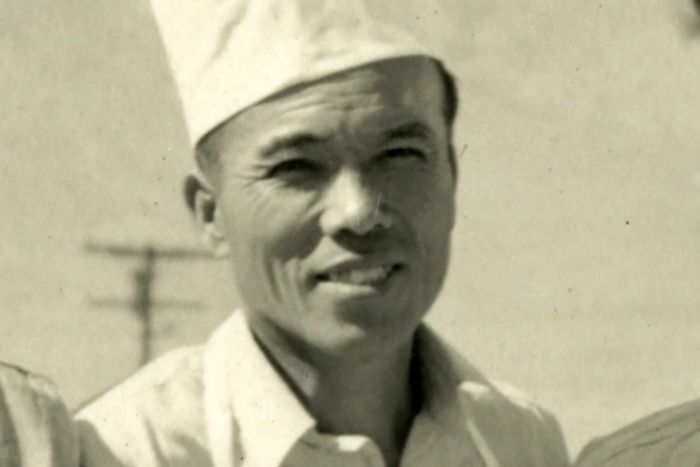
They had earlier found a pile of bones from a herd of deer that had slipped off an icy slope and plunged to their death and the two men assumed that this was another animal bone.
After moving a pile of rocks, they found the skeleton of a man with its arms crossed over its chest.
Authorities initially stated that they were mystified about the identity of the remains. No hikers had been reported missing in the region for decades. Additionally, their search of the scene indicated no crime had been committed.
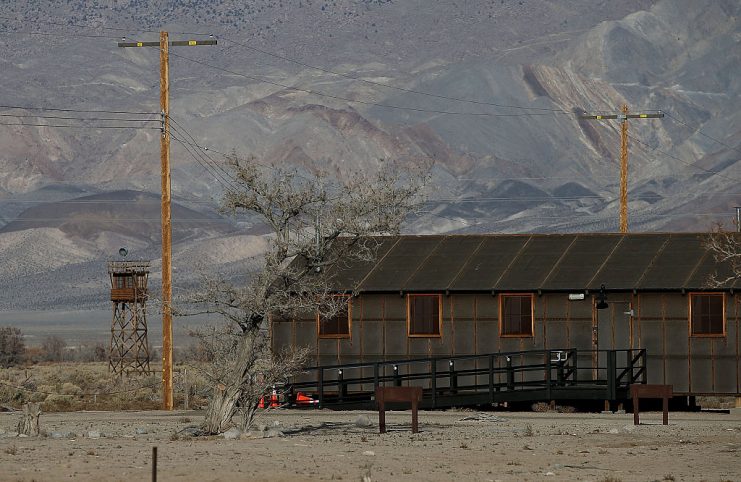
They did not state, however, that they were already beginning to suspect the remains might be those of Giichi Matsumura.
Matsumura’s story, while not widely known, experienced a bit of a resurgence when a documentary called “The Manzanar Fishing Club” was released in 2012.
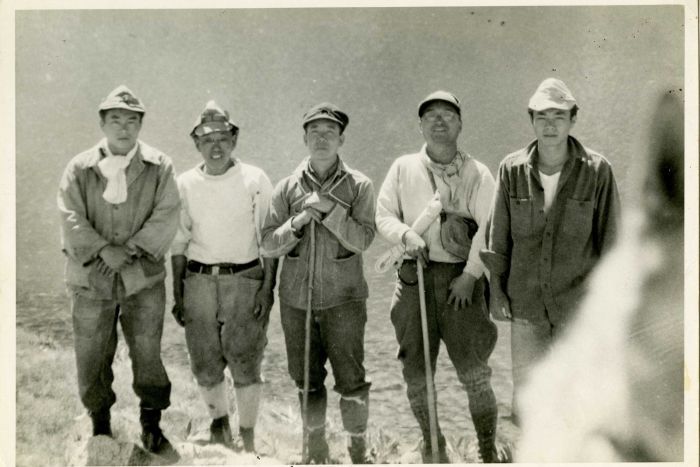
While Matsumura’s story was not included in the film, the directors discussed it often while promoting the documentary.
The documentary is about an internment camp in the mountains of California during World War II. Japanese-Americans were relocated to live their under guard because the American government was concerned that some of them may be loyal to the Japanese emperor.
So all Japanese-Americans, without any evidence that they were disloyal to the US, were rounded up and placed in these types of camps.
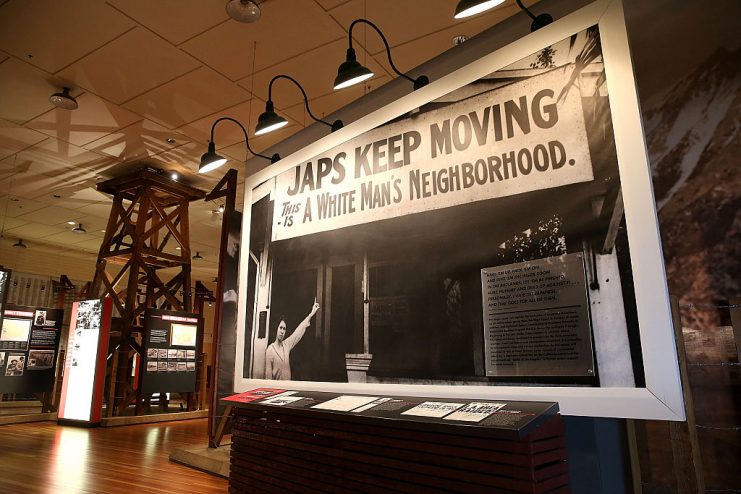
As the war was winding down, the camps were left unguarded and the inmates were free to leave. Many, like Matsumura and his family, had no where else to go so they remained at the camp.
When a group of young men planned a hike to go fishing in the mountains, Matsumura insisted on going with them. On July 29, 1945, the men began their hike into the Sierra Nevadas.
Matsumura stopped to paint a watercolor and told the other men he would catch up with them. They continued hiking until a freak snowstorm arrived.
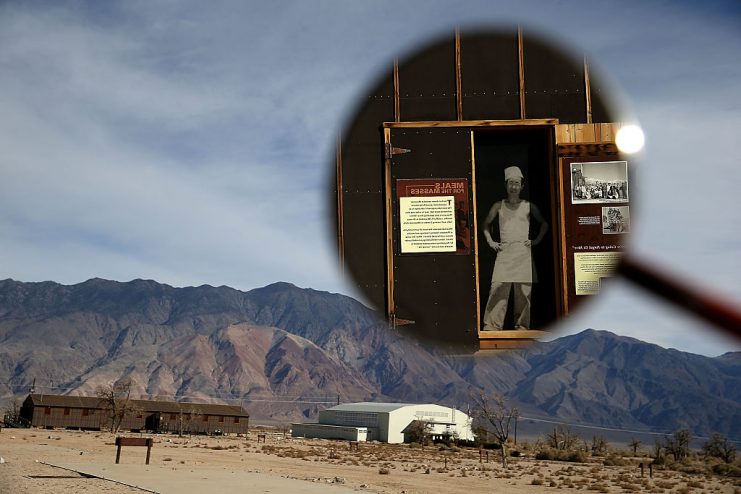
The other men hid in a cave until the storm blew over. After the storm, they searched for Matsumura but could not find him. A search team was organized in the camp, but they also failed to find him.
Matsumura’s wife, Ito, was so worried about him that her hair turned white.
A month later, hikers from the town of Independence found Matsumura’s remains. People from the camp then buried his body under a sheet and a pile of granite rocks.
They placed a sign on the pile which gave Matsumura’s name, age and the words “Rest in peace,” all in Japanese characters.
A hair clipping and fingernails were brought back to the camp. This is a Buddhist tradition when a deceased person’s body cannot be brought back.
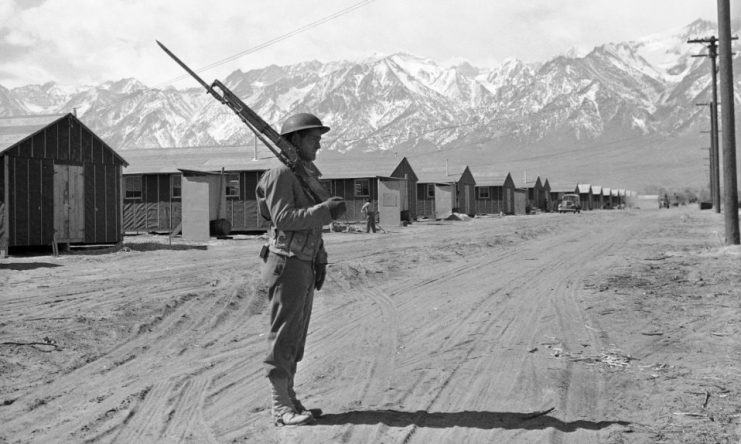
Authorities alerted Matsumura’s granddaughter Lori Matsumura about the discovery. She was initially surprised because her family had always known he was buried in the mountains and never thought of his remains as being lost.
The incident has raised Lori’s curiosity about life in the camp and the circumstances around her grandfather’s death.
Until she began looking into the story, she did not realize her father, Masaru Matsumura, was part of the search party that looked for Matsumura.
She said that her father never spoke about the camp. He seemed bitter about the experience.
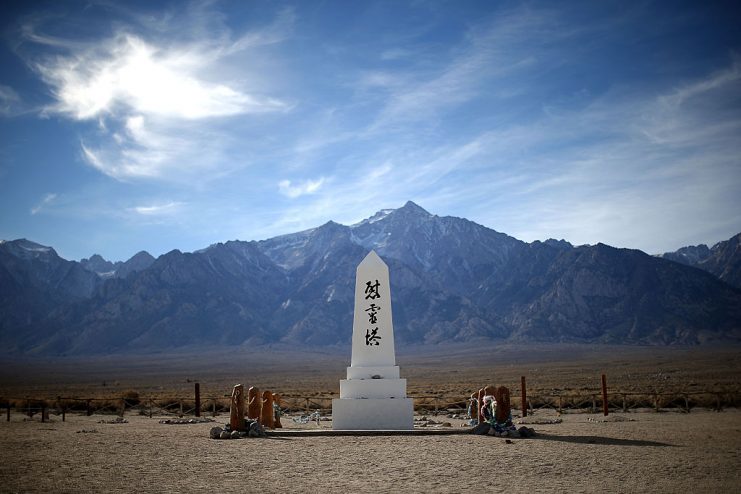
Ito passed away in 2005 at the age of 102. Masaru was 94 when he died last summer. Now that Lori is interested in learning more about that time in her family’s life, there is no one left alive to tell her about it.
Another Article From Us: Pearl Harbor Veteran Passes Away at Age 100
“I wish I would have dug a little deeper and found out more stories from my dad,” Lori said. “I wish I would have asked more questions.”
